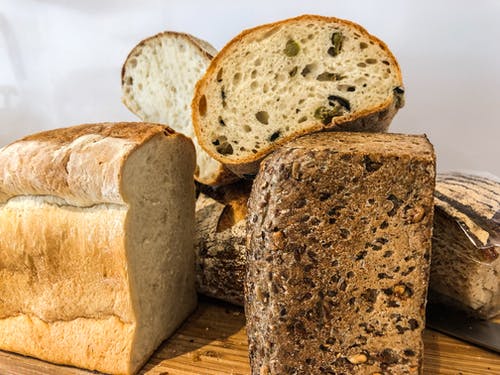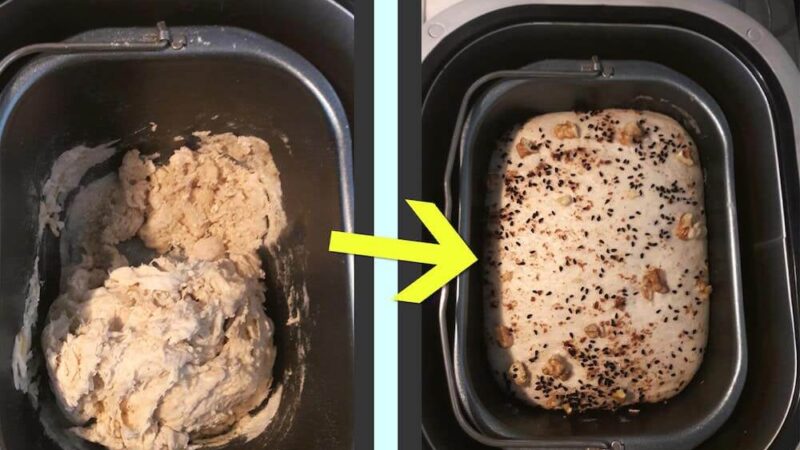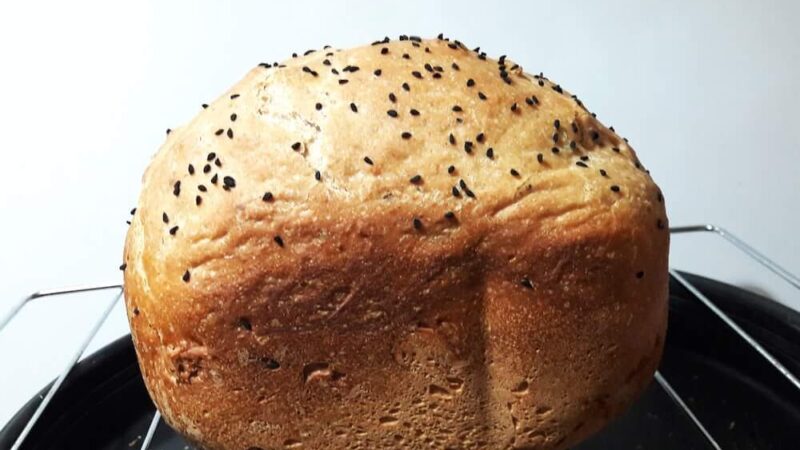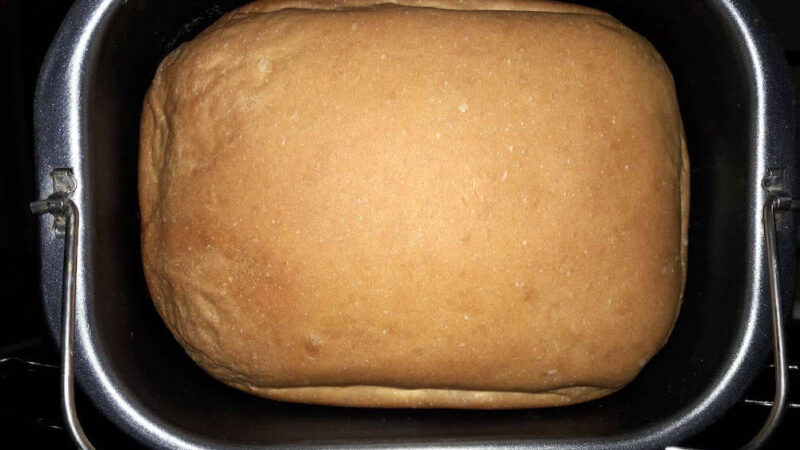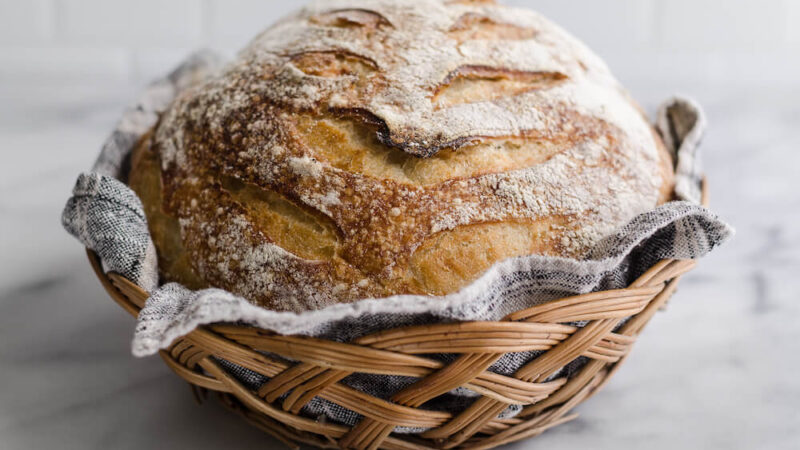Crusty Bread Tips That Will Make Any Artisan Baker Jealous
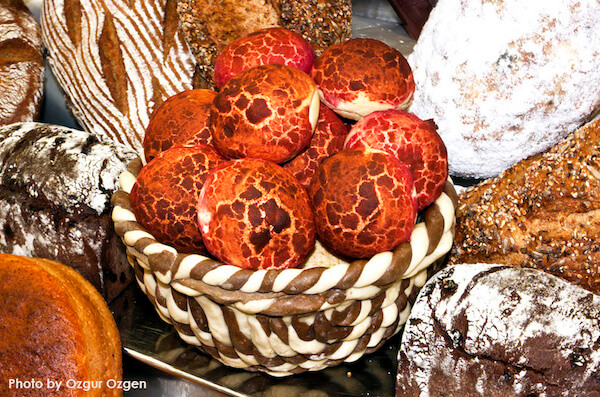
Crusty bread is the fanciest bread type with its stylish looks and chewy taste that goes flawless with sandwiches and dips. French baguette, Italian ciabatta, and sourdough soup bowls are just a few to name for these crispy dreams.
What makes a perfect bread crust is a well-balanced combination of moisture and fermentation. There is also an inverse relation with fat and sugar levels in your bread dough and the level of crustiness in the final product. Artisan made crusty bread might look too complex to accomplish but you can certainly bake one at home with the right tips.
Take Control of Your Dough
If you are new to bread making, chances are that your bread dough is usually too stiff or under developed. It is completely normal to be that way but certainly not fun to consume those breads. It takes some time and experience to understand how yeast and folding works for your bread dough. But how about a shortcut?
Tips for Making Crispy Bread Crust
- Use steam in the oven
- Fold the dough several times as it proofs to have longer fermentation
- Exclude or use very minimum amounts of fat and sugar
Fermenting for long time and using folding technique makes a thicker crust. Steaming on the other hand, helps to keep that thick crust soft while baking so that the bread could expand. Final result is a well-developed crispy crust bread with soft interior.
Steam in the Oven
Professional rotary ovens have automated steam controls. Regular home ovens have no way to infuse moistness by steam. But you can get away with this issue simply by spraying the bread with water before you put it in the oven or adding some ice cubes in a pan in the oven. Melting ice will create moisture inside the oven. Another option is to preheat a cast iron pot Dutch oven. Put the bread into the hot iron pot and close the lid. Your dough will create its own steam! This is by far the best solution for superior crust.
Take Your Dough to the Gym; Folding Technique
Figuratively, of course! Do not actually take the dough to the gym but make it work out by using the dough folding technique.
Remember, bread dough is not an air-filled balloon and it will not deflate once you press it down. It can easily rise up again if you give the time to a well-developed dough. Folding technique permits the dough to develop stronger gluten.
When we work out, we build muscles, and when the dough gets to work out, it builds gluten which is necessary to hold the bread together.
Starches in the dough starts a chemical reaction and strengthens the gluten each time we press down and fold the escalated dough. The longer the fermentation the crustier your bread will be.
How does folding technique work?
You can apply the folding technique with a spatula or directly by your hands. The goal here is to press down the risen-up dough and allow it to release gas. Fold the dough from the sides towards inwards while gently pressing down. You should do this every 30-45 minute for at least three times. Folding realigns the gluten strands.
Fat and Sugar Makes Soft Bread
Toast bread you buy at your grocery store is sold in plastic bags in order to maintain its moisture. These kinds of bread usually have too much fat and sugar inside. You can add very little amounts for tweaks but keep in mind that sugar, syrup and fat prevent crispy outer.
Crunchy or soggy bread?
Crusty bread should be consumed at most in 2 days. Since it does not contain much fat or sugar, it becomes soft and soggy if kept inside a bag or extremely crunchy if left in open air.
The only way to keep crispy bread fresh for longer is to freeze it. Just use a sealed bag and put it in the freezer. You can then reheat when you take it out and you will be very surprised how crusty and fresh it is.
Why does the crust of my homemade bread go soft?
After the bread is baked, moisture is the number one enemy of crispiness. You must balance the bread’s exposure to moist to prevent it from going soft. In order to keep the bread crusty for longer, cool it in a not-so cold environment (preferably in slightly warm oven). This will help to get rid of any left-over moisture in the bread that might make the outer soft later on.
Why is the crust of my bread so hard?
Too much flour will make your bread dense and heavy! People tend to add too much flour thinking the dough is too sticky. Especially with Artisan breads, do not be afraid of sticky doughs. High level of water helps you create that rusty looking bread.
In Conclusion
Nothing beats that crispy bite out of a freshly baked crusty bread. Smooth interior with a little sense of yeast taste is perfect for buttering, dipping, making elegant sandwiches and much more. If you pay attention to the folding technique while developing the dough, add steam in the oven and balance the fat level (less is more) then you will get to bake that perfect bread with golden crust effortlessly.

